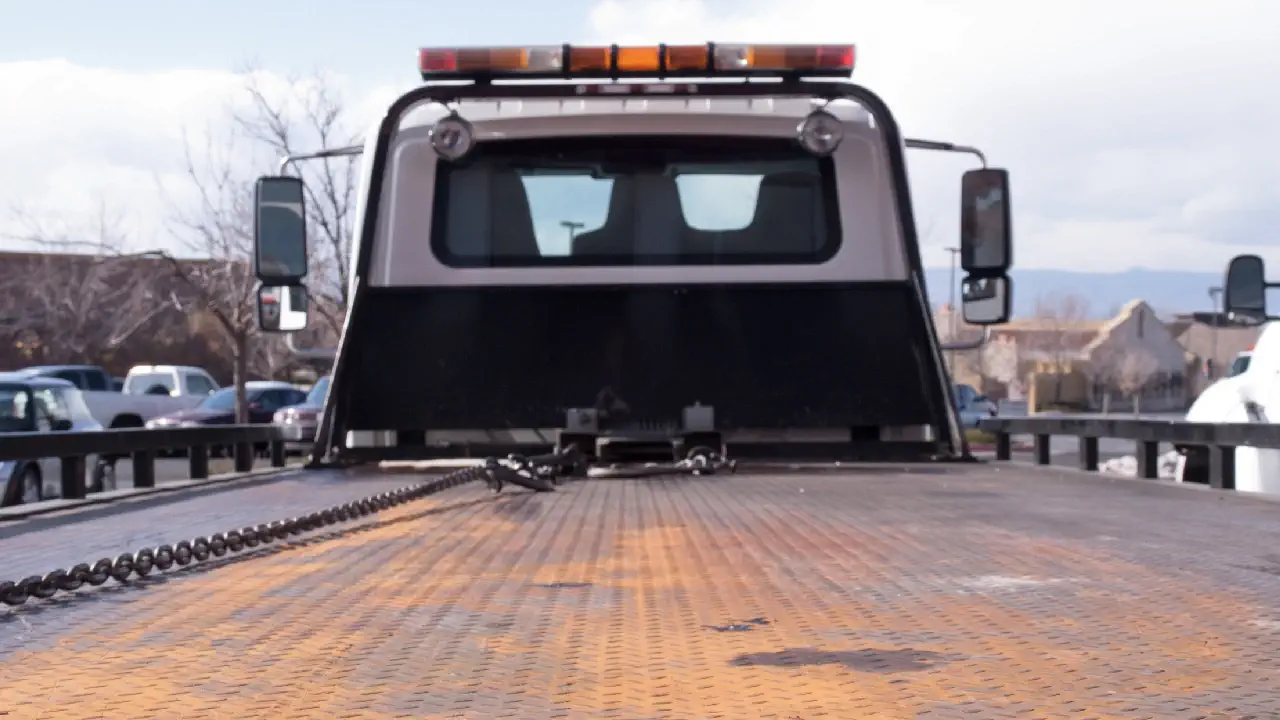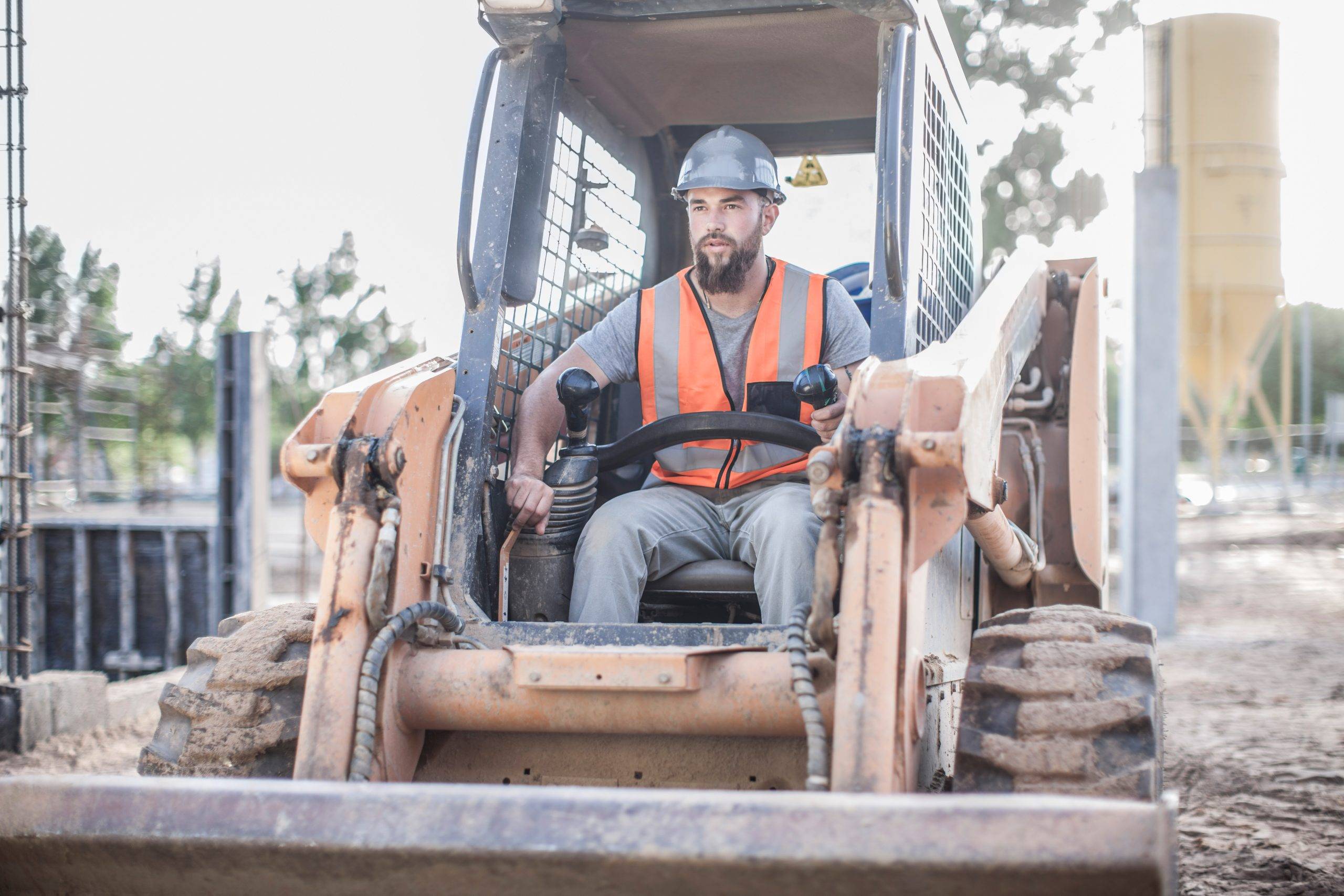Direct-to-garment (DTG) printing is a popular printing method that involves printing an image directly onto a garment using a specialized printer. The process involves printing the design using a digital file, allowing for high-quality and detailed garments.
If you’re considering starting a DTG printing business, you’ll need to invest in the right equipment. This article will explore the equipment you’ll need to start.
Cost of Starting a Printing Business
If you are starting, you can expect the total equipment cost to be approximately $15,000 to $50,000. The equipment cost for a direct-to-garment (DTG) printing business can vary greatly depending on your chosen equipment’s brand, model, and quality. However, to give you a rough estimate, here is a breakdown of the approximate cost of each equipment item:
- DTG Printer: $15,000-$30,000
- Pretreatment Machine: $1,500-$5,000
- Heat Press: $1,500-$5,000
- Computer: $1,000-$3,000
- Ink and Supplies: $1,500-$3,000
- Garment Dryer: $3,000-$6,000
- T-shirt Folding Machine: $1,500-$3,000
Overall, the total equipment cost for a DTG printing business can range from $15,000 to $50,000 or more, depending on the equipment you choose. It would also help to consider other expenses, such as renting or buying a workspace, marketing, and labor costs. Creating a detailed business plan and budget is essential to ensure you have a realistic understanding of the total costs involved in starting and running a DTG printing business.
Now let’s go into more detail about the type of equipment you’ll need and what this equipment can do for your business. Remember that some of this equipment may not be required, depending on your business model and/or budget.
How to Select a DTG Printer
One of the essential pieces of equipment for a DTG printing business is the DTG printer. DTG printers come in different sizes and models, so choosing the right one for your business needs is essential. When selecting a DTG printer, you’ll need to consider the following factors:
Print area
The print area refers to the maximum size of the garment that the printer can print on. If you plan on printing on larger garments like hoodies or jackets, you’ll need a printer with a larger print area.
Number of print heads
Print heads are responsible for spraying the ink onto the garment. The more print heads a printer has, the faster it can print. However, printers with more print heads are usually more expensive.
Resolution of the Printer
The resolution refers to the number of dots per inch (dpi) that the printer can print. The higher the resolution, the better the quality of the print. A resolution of at least 1440 dpi is recommended for high-quality DTG printing. Some popular DTG printers in the market are Epson SureColor F2100, Brother GTX, and Kornit Avalanche HD6.
Pretreatment Machine
Before you can print on a garment using a DTG printer, you’ll need to apply a pretreatment solution to the garment. The pretreatment solution helps the ink adhere to the garment and prevents it from bleeding. Then, aA pretreatment machine is used to apply the solution evenly onto the garment. Some popular pretreatment machines in the market are the Viper XPT-1000, Schulze PRETREATmaker IV, and Wagner Zip-52.
Heat Press
After the garment has been printed with the design, it must be cured to ensure that the ink adheres to the garment properly. This is where a heat press comes in. A heat press applies heat and pressure to the garment to cure the ink. The heat press should be able to reach a temperature of at least 330°F to ensure proper curing. Some popular heat press models are the Geo Knight DK20S, Stahls’ Hotronix Fusion, and Hix Swingman 20E.
Computer and Design Software
DTG printing requires a digital design file to print on the garment. Therefore, you’ll need a computer and design software to create and edit designs. Adobe Photoshop and Illustrator are popular design software choices among DTG printers. However, other design software options include CorelDRAW, GIMP, and Inkscape. The computer should be powerful enough to handle the design software and any other software used for managing business operations.
Ink and Pretreatment Solution
DTG printers use specialized ink that is designed to adhere to the fabric. The ink is available in different colors and should be compatible with your chosen printer. In addition to ink, you’ll also need a pretreatment solution to apply to the garment before printing. The pretreatment solution ensures that the ink adheres properly to the garment and prevents it from bleeding. Choosing high-quality ink and pretreatment solutions is essential to ensure that the print quality is consistent.
Garment Dryer
After curing the ink with a heat press, the garment must be properly dried to ensure the ink sets and doesn’t bleed. A garment dryer is used to dry the garment quickly and evenly. The dryer should have adjustable temperature and speed settings to prevent damage to the garment. Some garment dryers also have a conveyor belt system that allows for the continuous drying of multiple garments at once. The cost of a garment dryer can vary depending on the size and features, with prices ranging from a few hundred to several thousand dollars. Popular garment dryer brands include Vastex, BBC Industries, and M&R Equipment.
Supplies and Materials
In addition to the equipment listed above, you will also need to invest in supplies and materials to operate your DTG printing business. This may include items like pretreatment solution, ink cartridges, cleaning solution, and maintenance kits. You may also need to purchase blank garments to print on or establish relationships with garment suppliers.
Business Software for DTG Printing
To manage your DTG printing business effectively, you may need to invest in business software to manage orders, inventory, and finances. This may include software for order management, accounting, and inventory management.
Training and Support
DTG printing can be a complex process, so it’s essential to have proper training and support to operate the equipment effectively. Consider attending training workshops or classes offered by equipment manufacturers or industry associations. Additionally, it’s important to have access to technical support and maintenance services to keep your equipment running smoothly.
Marketing and Sales for DTG Business
Once you have your equipment and supplies in place, you’ll need to start marketing and selling your DTG printing services. This may include creating a website, establishing a social media presence, and networking with potential customers. You may also need to invest in advertising and promotional materials to attract new customers.
Overall, starting a DTG printing business requires a significant investment in equipment, supplies, and training. However, it can be profitable and rewarding with the right equipment and business plan.
How to Purchase Your Printer Equipment
You can get the equipment needed to start a direct-to-garment (DTG) printing business in several ways. Here are a few options:
Purchase Printing Equipment Outright
You can purchase the equipment outright by paying for it upfront using your savings or a business loan. Remember, getting a business loan typically will require better credit, 2 years in business, and 2 years of tax returns. At First Capital Business, we offer programs for startups that do not require perfect credit or tax returns. If you would like to be prequalified with a quick phone call to one of our advisors, you can reach us at 888-565-6692.
Lease Equipment DTG Printing Equipment
You can lease the equipment, which can help you spread the cost over time. Leasing typically requires a down payment, monthly payments, and a contract outlining the lease terms and conditions. We, too, offer to lease if that option works for you. When speaking with one of our advisors, they will review those options with you.
Rent Equipment
You can rent the equipment short-term if you have a limited budget or want to try it out before committing to purchasing it.
Purchase Used Printing Equipment
You can purchase used equipment from individuals or companies upgrading their equipment at a lower cost. However, it’s essential to thoroughly inspect the equipment and ensure that it’s in good working condition before purchasing it. Financing used equipment is also an option, but remember that financing programs have different stipulations for used equipment. Purchasing equipment from an authorized dealer and not a private party is advisable.
First Capital Business Finance to Finance Your DTG Printing Business
Financing is available for some equipment providers, and they may offer leasing or financing options. Remember, if the dealer cannot approve you for financing, it’s always best to call around and see what other financing programs are available. Researching and comparing different options and understanding the terms and conditions before committing to any financing or leasing agreements is essential. Additionally, you should create a business plan and budget to ensure you can afford the monthly payments and that the financing option is feasible for your business.
First Capital Business Finance offers financing for both good and bad credit borrowers and startup businesses. If you want to see what you qualify for, call our office and speak to one of our advisors at 888-565-6692.








